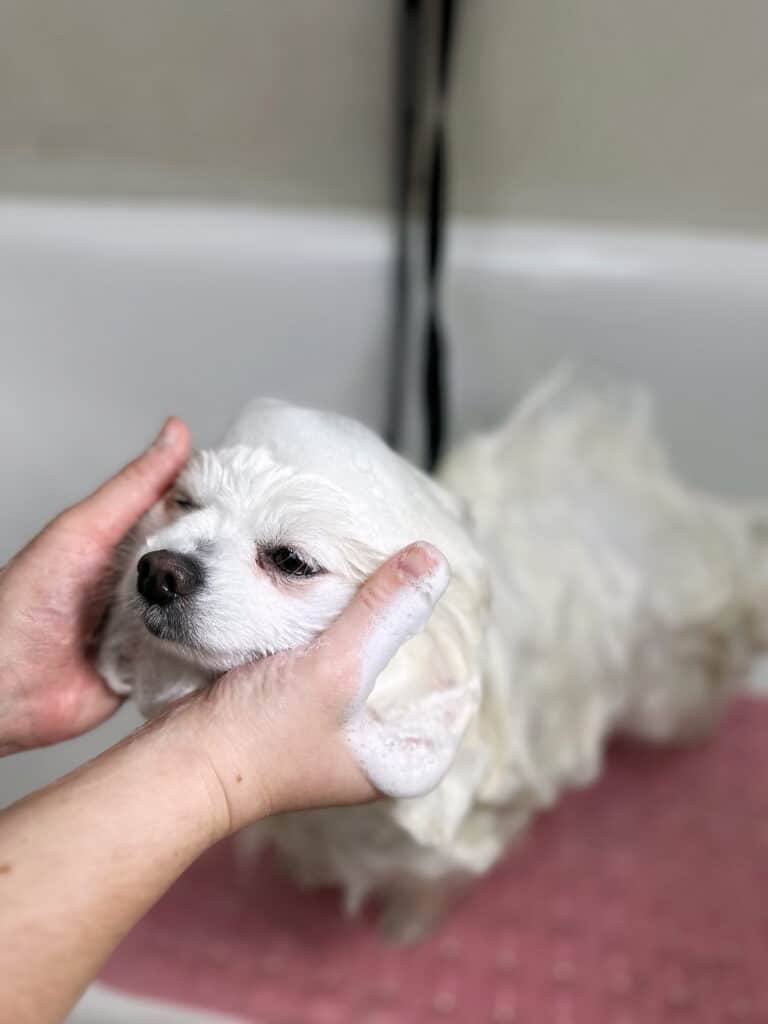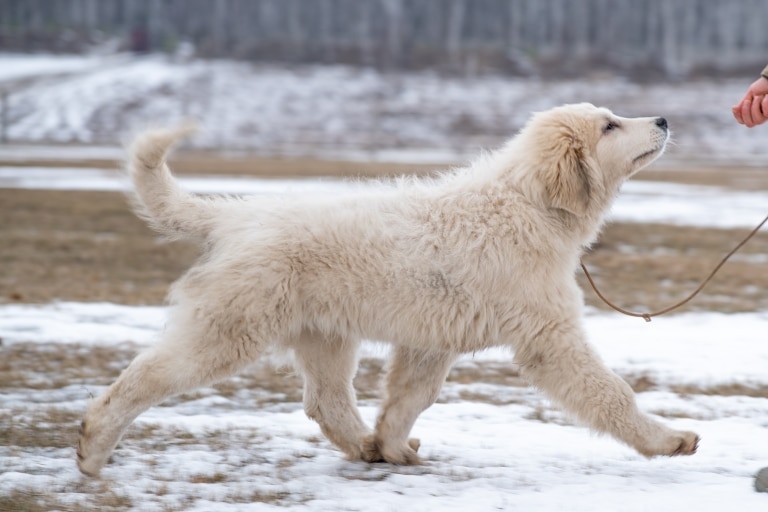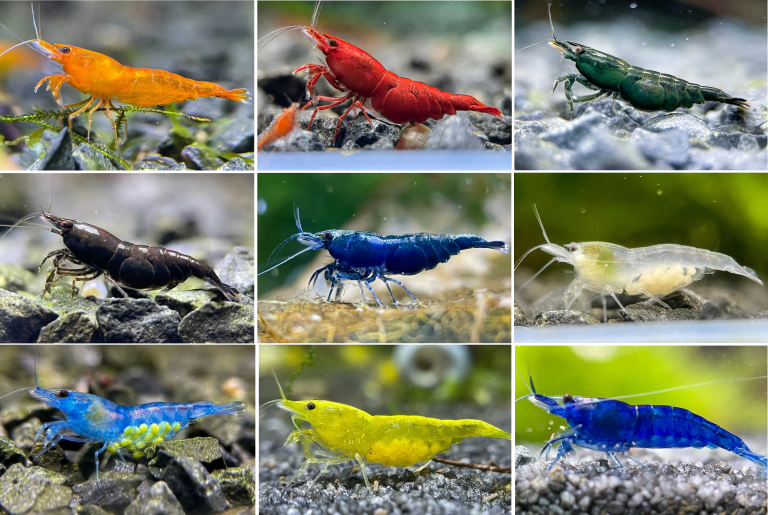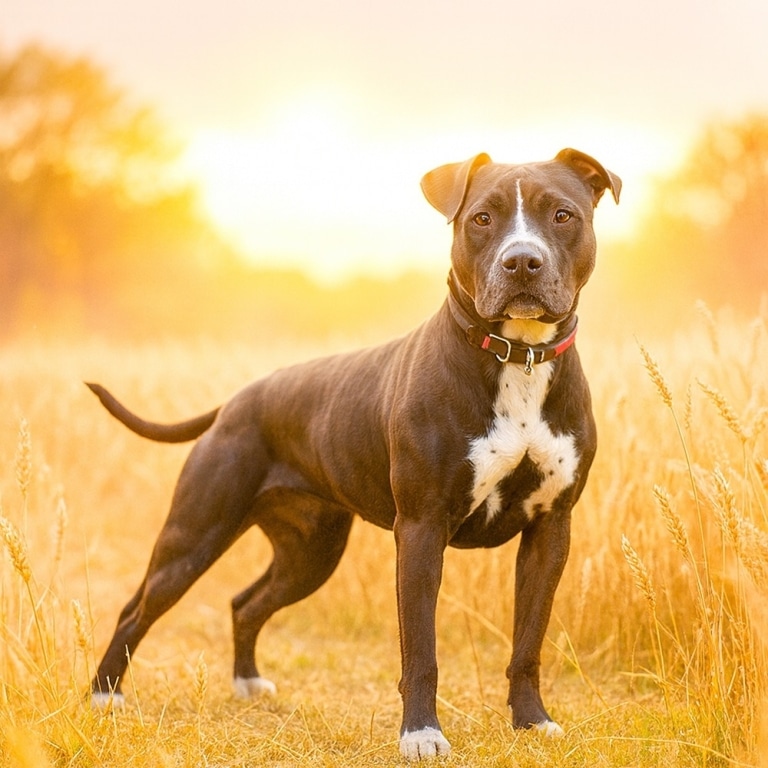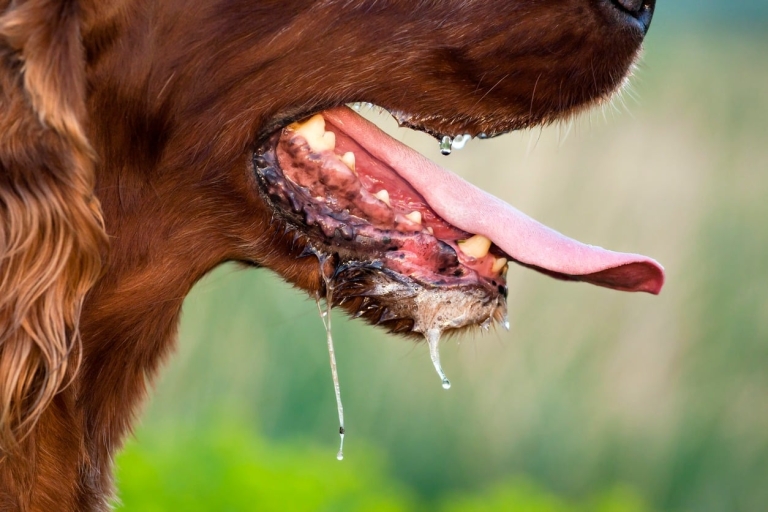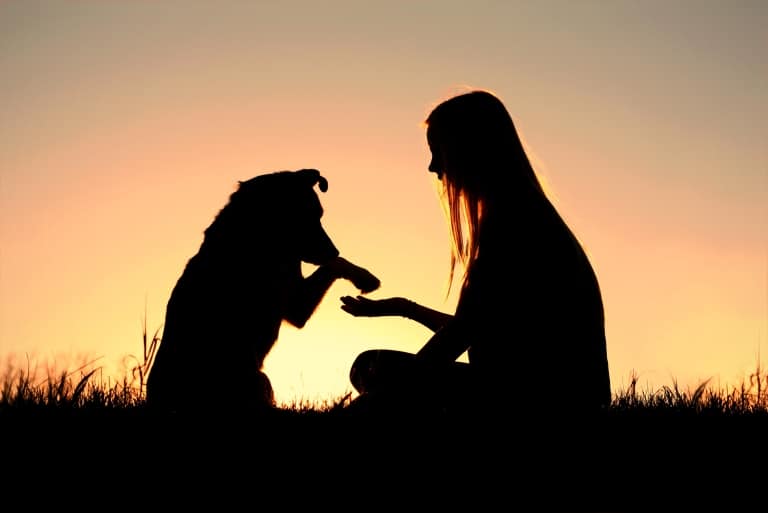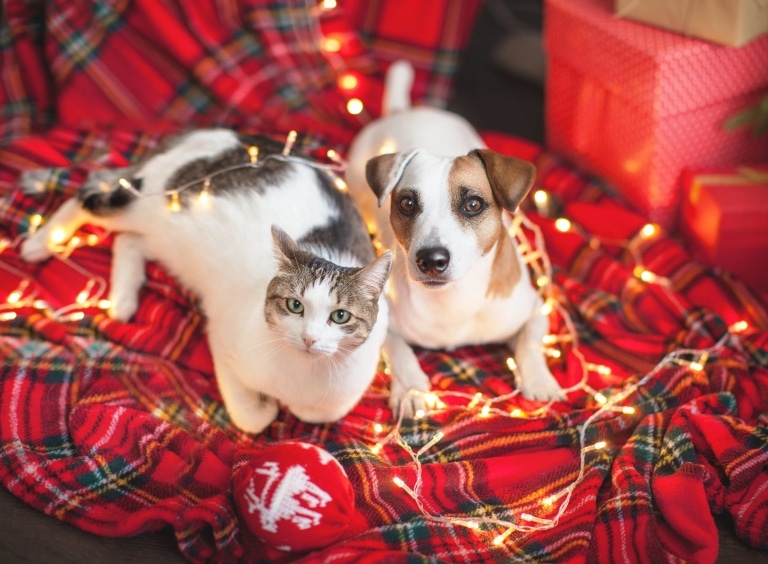Everyone who owns a dog knows that a dog is a full-fledged family member who needs love, attention and care. One of the most important parts of dog grooming is bathing.
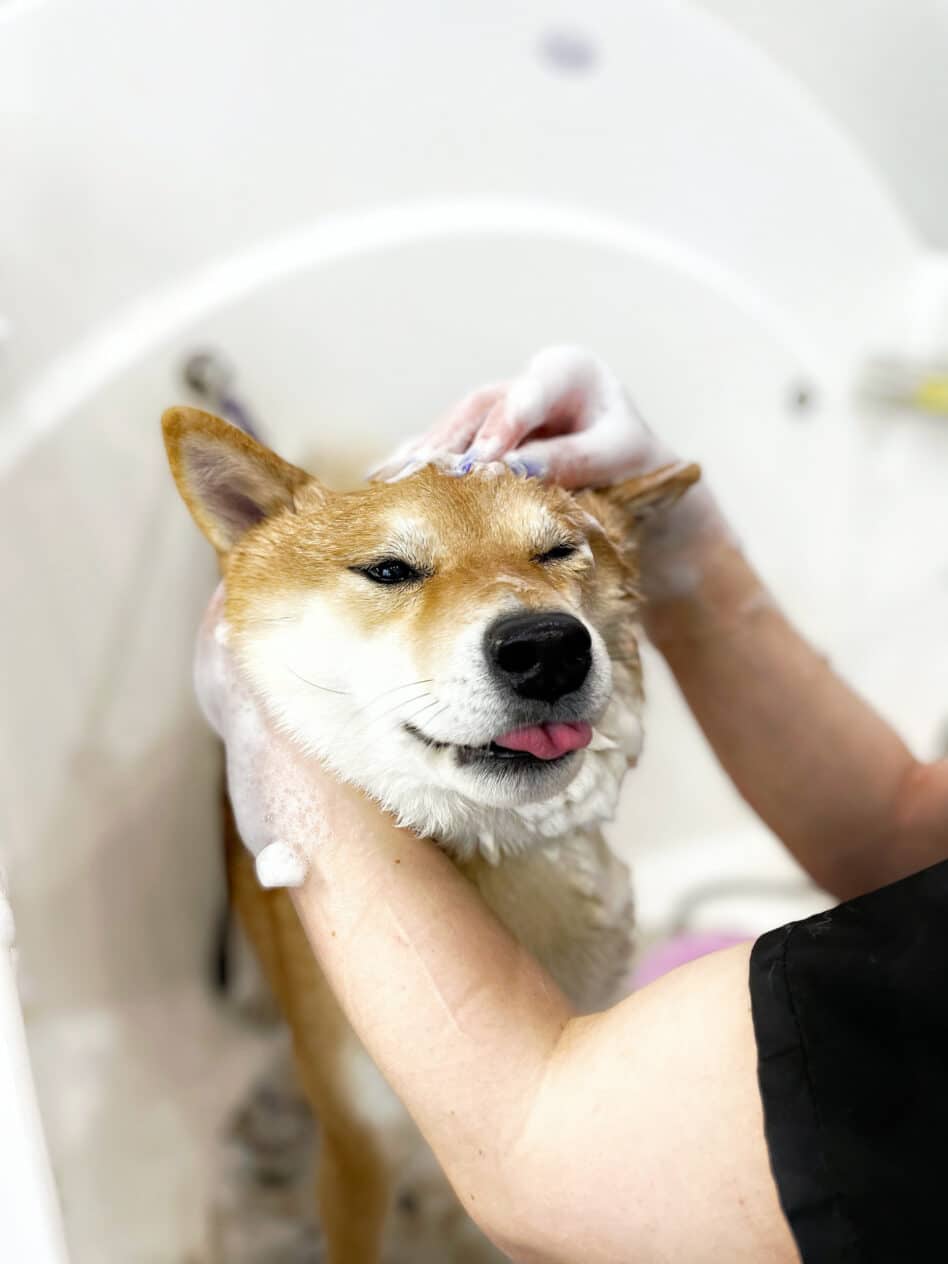
In this article, we will answer all the questions you may have about bathing your Ponytail. We’ll cover how to choose the right shampoo, how often you should bathe your dog, how to make the bathing process safe and enjoyable for both of you, and much more.
Preparation for bathing
Before you start bathing, it is important to prepare everything carefully. Proper preparation will turn bathing a dog from a routine procedure into a pleasant and safe procedure.
Choosing a place to swim
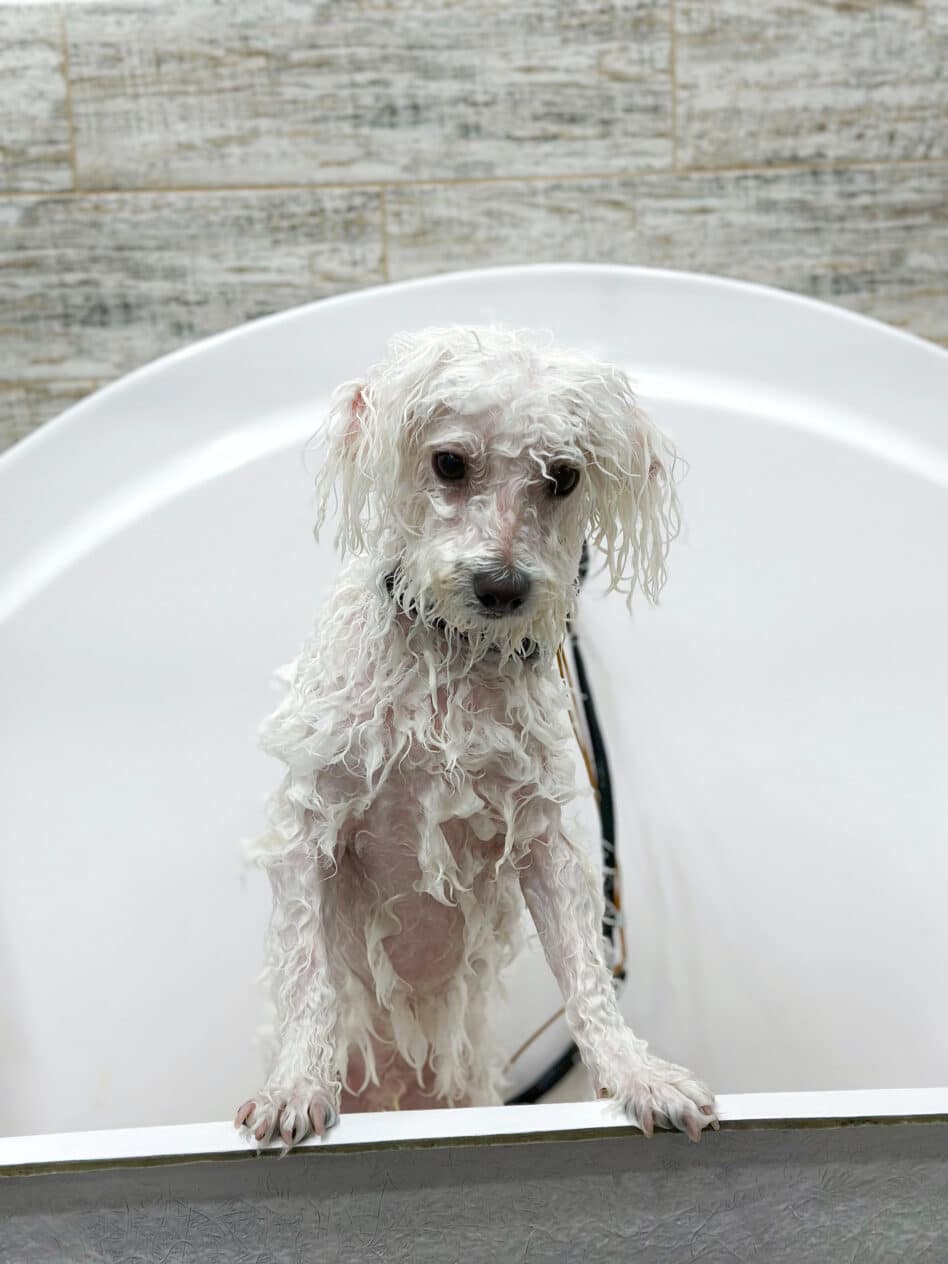
The first thing to do is to choose a place for swimming. If you have a large dog, it is most convenient to bathe it in the bathroom. A sink can be used for puppies or small dogs. The main thing is to make sure that the place is safe, stable and comfortable enough for the dog to stand or sit without slipping.
Tools and accessories:
- Have a few towels ready – one for the floor near the tub to avoid slipping, and one or two for drying the dog.
- Brushes: It is important to brush your dog before bathing to get rid of tangled hair and remove dead fur.
- Use cotton balls to protect your dog’s ears from water.
- It is important to choose a shampoo that is right for your dog, depending on its coat and skin type.
- Non-slip mat: If you have a large dog, a bathroom mat like this will help prevent them from slipping.
- Ladle or mug: For careful watering.
Before you start washing your dog, make sure you have everything you need at hand and that your Pet is comfortable and ready for a wet adventure.
Choice of shampoo
![]()
Different types of shampoos are designed for different needs and types of dogs, so it’s important to choose carefully.
Types of shampoos for dogs:
- Antiparasitic shampoos contain special ingredients that help get rid of fleas, ticks and other parasites. They are good for dogs that spend a lot of time outside.
- Bleaching shampoos: If your pet has white or very light fur, this shampoo will help keep it looking fresh and clean without stains.
- Medicinal shampoos are designed for dogs with sensitive skin or skin problems. They contain soothing and healing ingredients that help reduce irritation and itching.
Some tips on how to choose a shampoo:
- For thick or long hair, choose shampoos that help avoid tangling and make combing easier.
- If your dog has sensitive skin, look for shampoos with natural soothing ingredients like aloe vera or oatmeal.
- If the dog suffers from skin diseases or allergies, it is worth using anti-allergic shampoos.
If you don’t have a special dog shampoo at home, you can use baby shampoo because it is mild and does not contain harsh chemicals. However, this is only a temporary solution. It’s important to remember that regular use of human shampoos can disrupt the pH balance of a dog’s skin, so it’s best to always have a dog shampoo on hand.
Bathing process
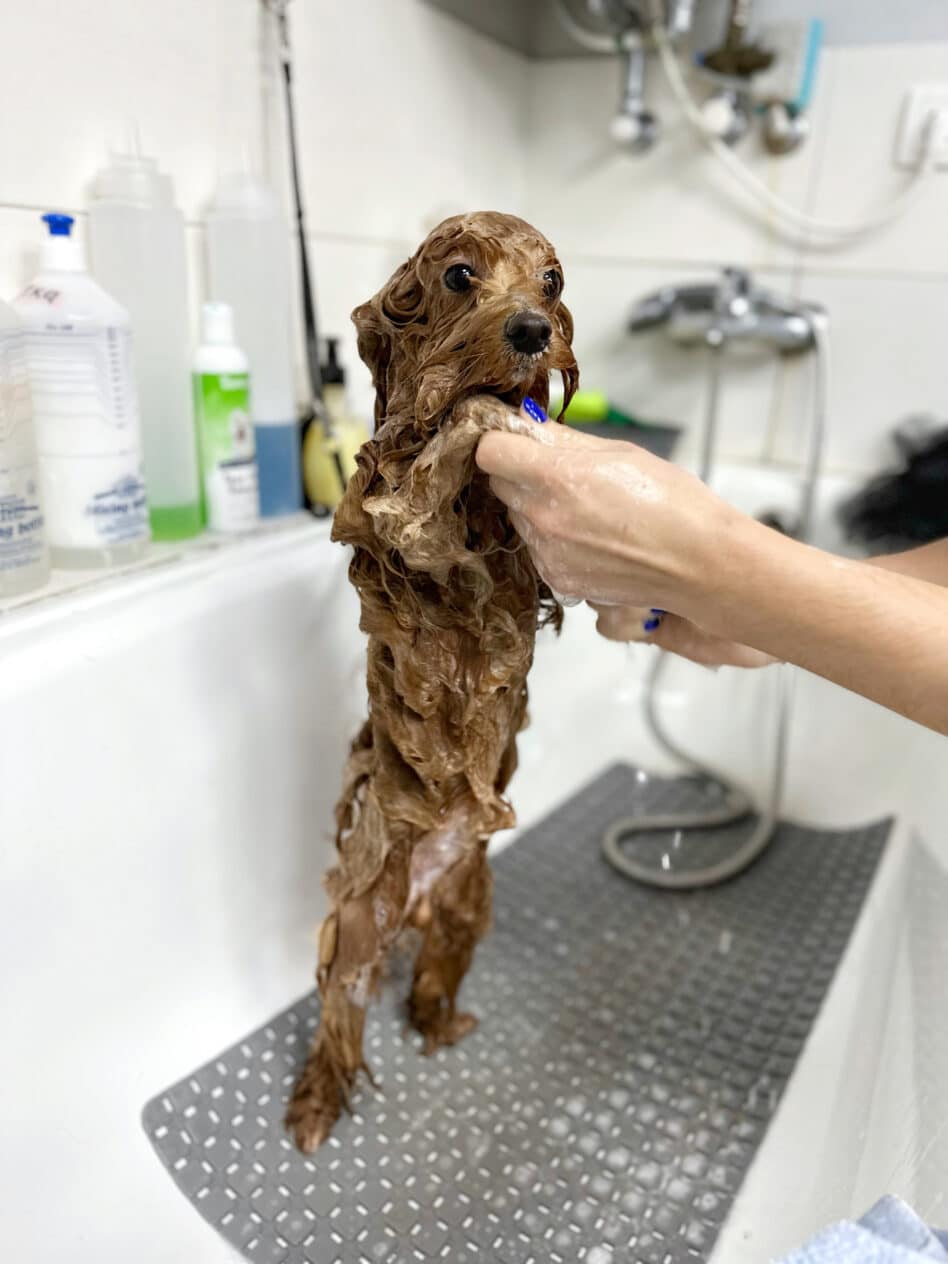
Bathing a dog is a great opportunity to spend fun and useful time with your pet. Follow these steps to make bathing efficient, safe, and fun!
Step by step:
Preparation
Make sure you have everything you need at hand – shampoo, towels, cotton balls for the ears, a combing brush.
Ear and eye protection
Before bathing, put cotton balls in your dog’s ears to keep water out. Be careful not to get the shampoo in your eyes.
Combing wool
Comb the coat thoroughly to remove dead hairs and prevent the formation of mange.
Wet the wool
Gently but thoroughly wet the wool with warm water. Avoid getting water in the nose and ears.
Applying shampoo
Apply shampoo and massage into your dog’s skin and coat, creating a lather.
Washing off the shampoo
Wash off the shampoo with warm water. Make sure all the suds are washed off, as shampoo residue can cause irritation.
Drying
Use towels for gentle drying. For large dogs, you can use a hair dryer with a warm, but not hot air setting.
Features of bathing puppies and dogs that are afraid of water:
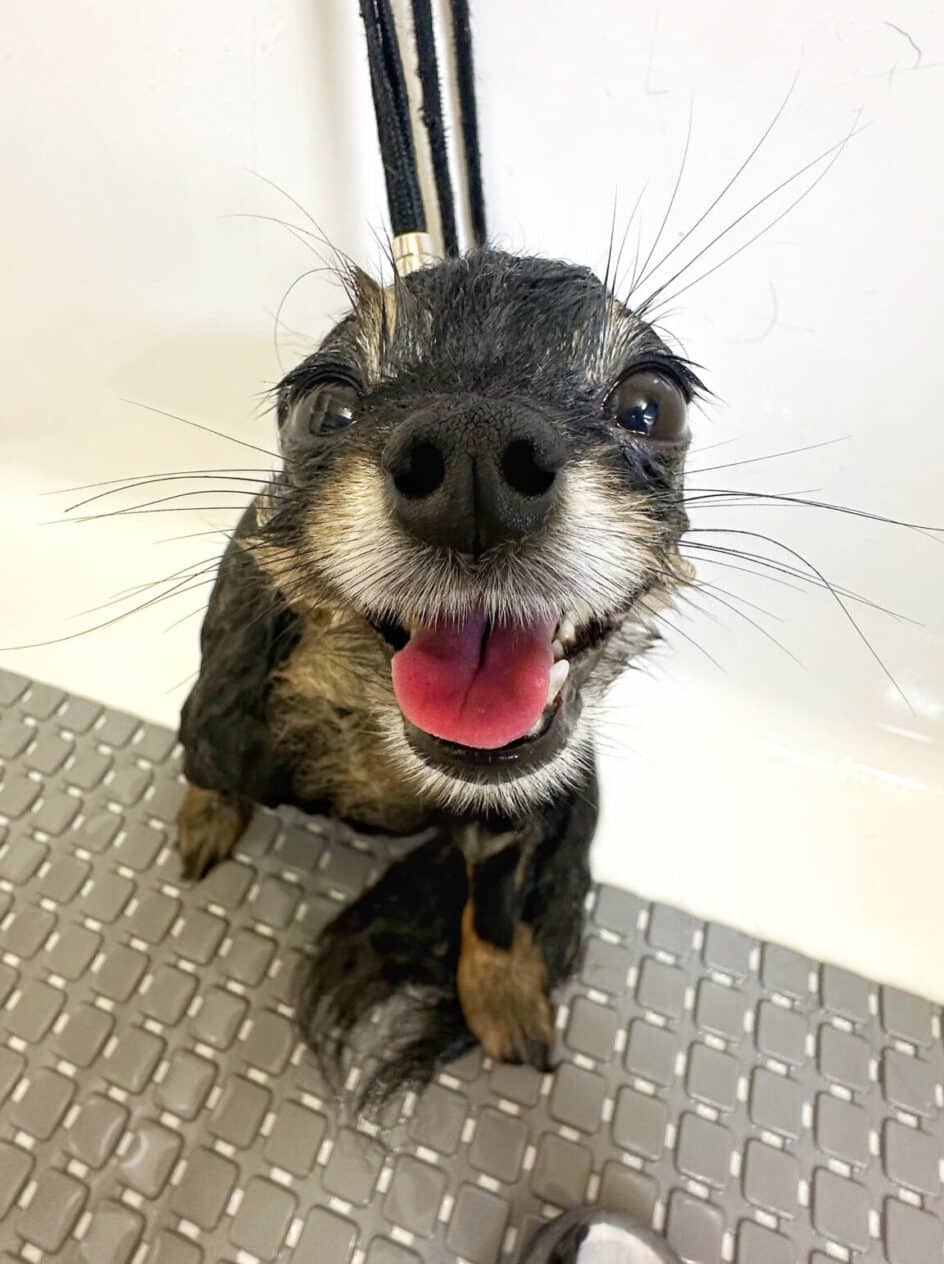
For puppies and dogs that are afraid of water, start with short bathing sessions and gradually increase the duration.
Use treats and praise to create positive associations with bathing.
Let your dog get used to the water by starting with the feet and gradually increasing the water level.
How often should you bathe your dog?
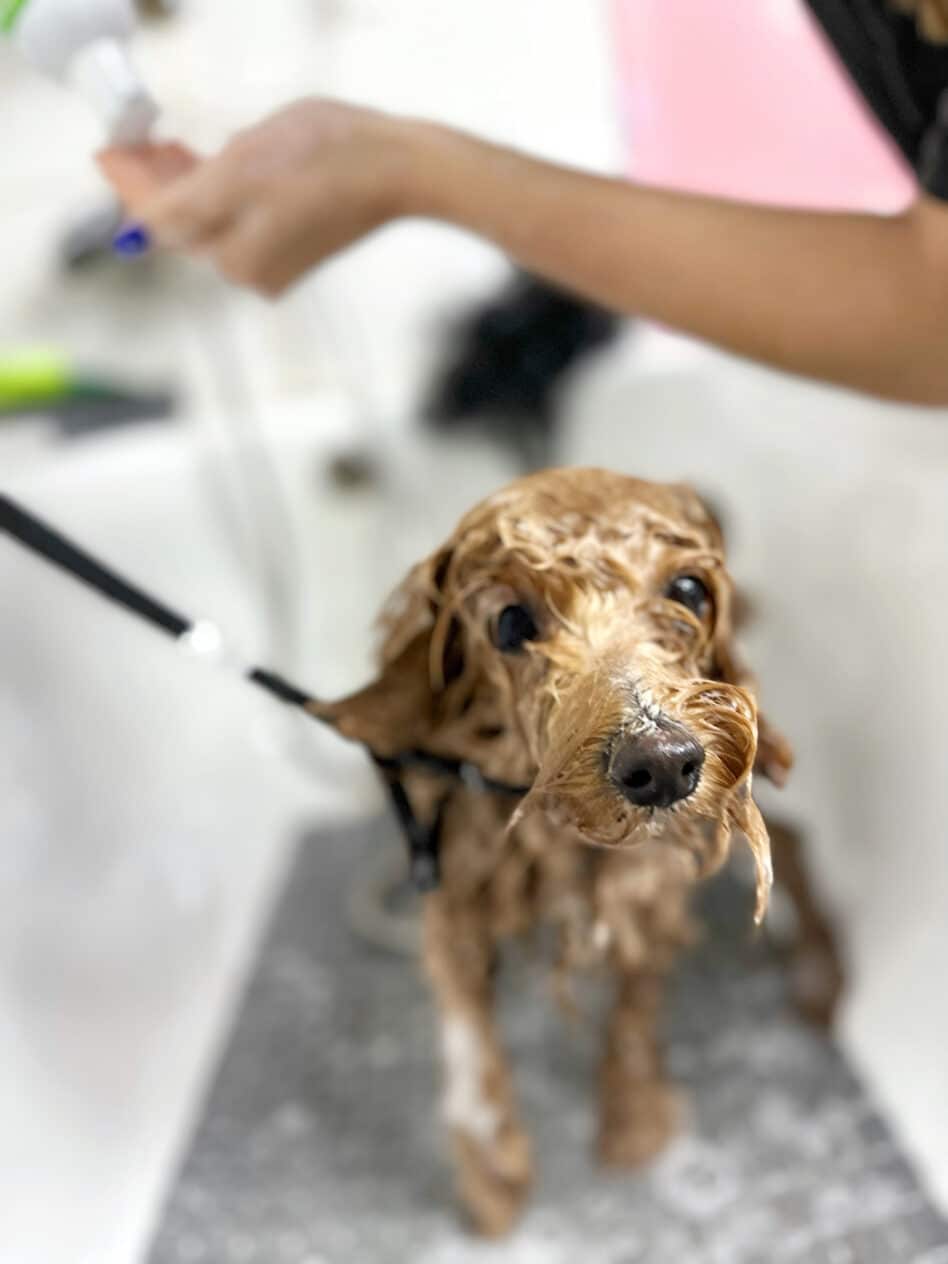
Veterinary specialists and groomers emphasize the importance of a correct approach to dog hygiene, recommending water procedures no more than once every one to one and a half months. Such periodicity is due to the peculiarities of the physiology of these animals: in dogs, the sweat glands are concentrated only on the pads of the paws, and to regulate the body temperature, they resort to other cooling mechanisms. Given that Pets usually stay clean unless wallowing in dirt, excessive bathing is not a necessity.
However, the frequency of bathing may depend on your dog’s individual characteristics, including coat type and activity level. It is important to remember that frequent bathing can lead to drying of the skin, so it is important not to overdo it with water procedures, but also not to ignore them completely.
After bathing
When you’re done bathing your Ponytail, it’s important to be just as careful with the drying process and after-bath care. Here are some tips to help you with this:
How to properly dry a dog:
- Start by gently wiping the fur with a towel. To do this, wet the wool instead of rubbing it to avoid tangling the wool.
- If the dog is not afraid of the sound of the hair dryer, you can use it for quick drying. It is important to turn on warm air so as not to burn the animal’s skin. Start with a low volume to get the dog used to the sound.
- If the weather permits, you can allow the dog to dry naturally outdoors, but it is important to avoid direct sunlight.
Caring for the dog after bathing:
Cleaning your eyes: If shampoo gets into your eyes or they look irritated, gently wipe them with a damp, clean cloth.
Ear Care: After bathing, it is important to check and clean your dog’s ears. Use cotton buds or special ear wipes, but be careful not to damage the inner part of the ear.
Combing the coat: After drying, the coat should be combed to avoid mats, especially in dogs with long hair.
Warmth and comfort: Your dog may feel cold after bathing, so provide him with a warm place to rest.
Reward: Praise the dog for good bathing behavior. Treats or extra play time will help create positive associations with bathing.
Remember that after-bath care is as important as the bathing process itself.
Bathing dogs in the V.O.G DOG grooming network in Kyiv
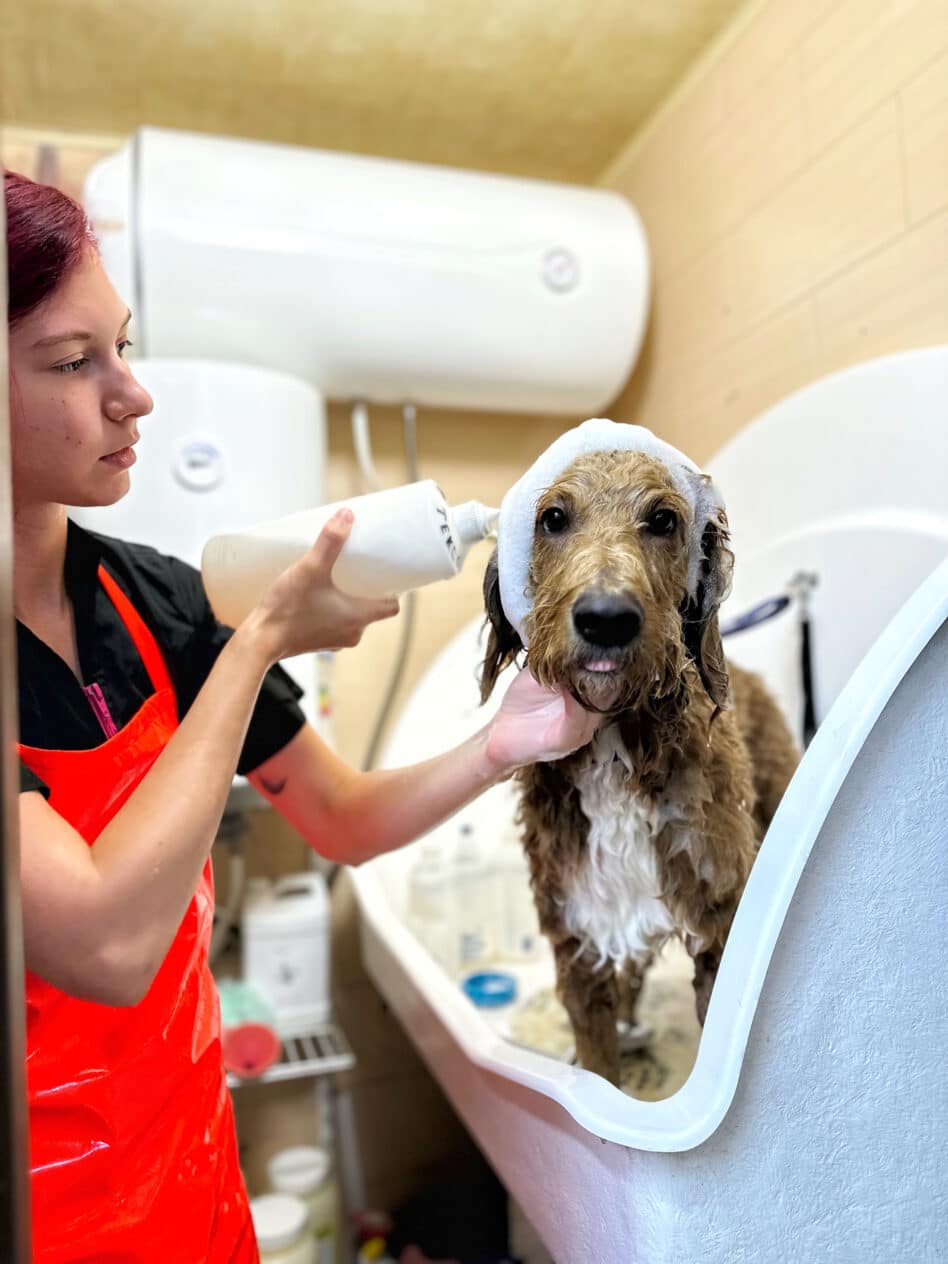
When it comes to bathing your loyal friend, why not make the process even more special and comfortable? In the chain of beauty salons for animals V.O.G DOG, we turn bathing your dog into a real holiday of beauty and care!
Why choose V.O.G DOG for bathing your dog?
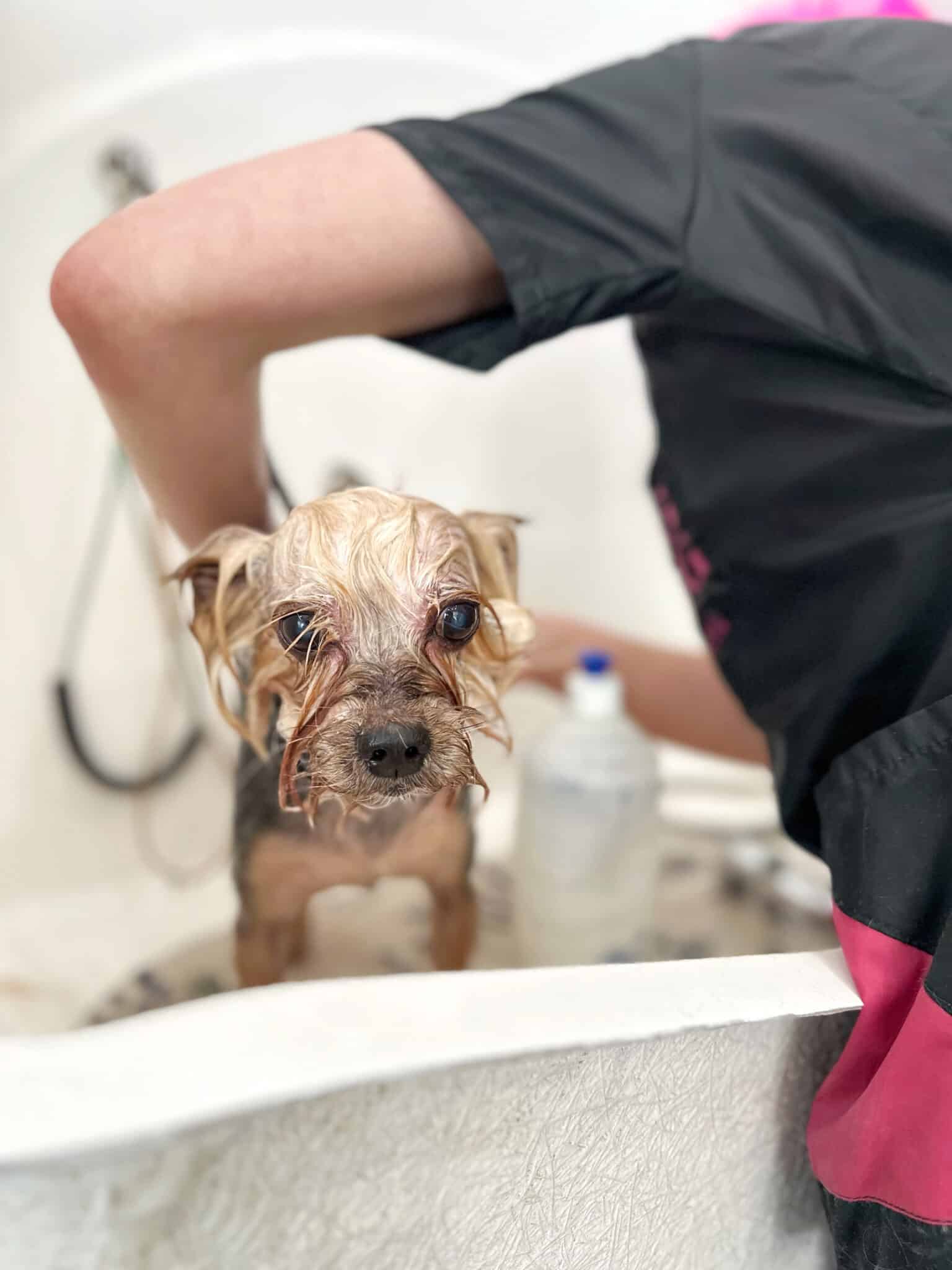
- Our experienced groomers know everything about bathing dogs of different breeds. They use only premium specialty shampoos and conditioners that are best for your pet’s coat and skin type.
- We pay attention to the characteristics of each dog. Whether your pet likes to splash in the water or feels anxious while bathing – our specialists will make the process as comfortable and pleasant as possible for him.
- Our salons are decorated in such a way that every student feels at home here. Soft light, a calm atmosphere and maximum attention to your Tail.
- We adhere to the highest standards of hygiene and safety to ensure the health of your dog.
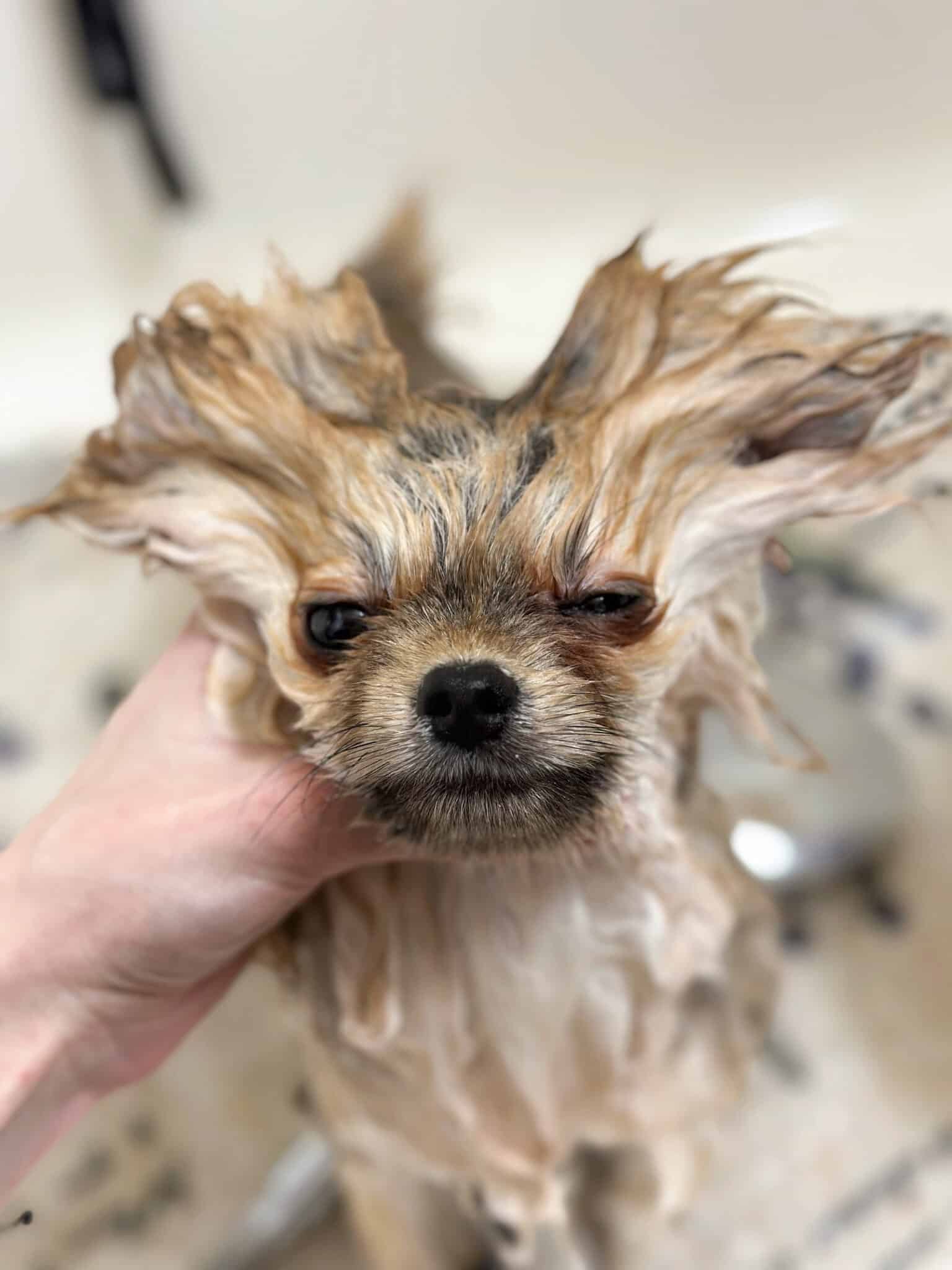
Entrust the care of your Pet to professionals, and he will return home perfectly clean, tidy and happy!

